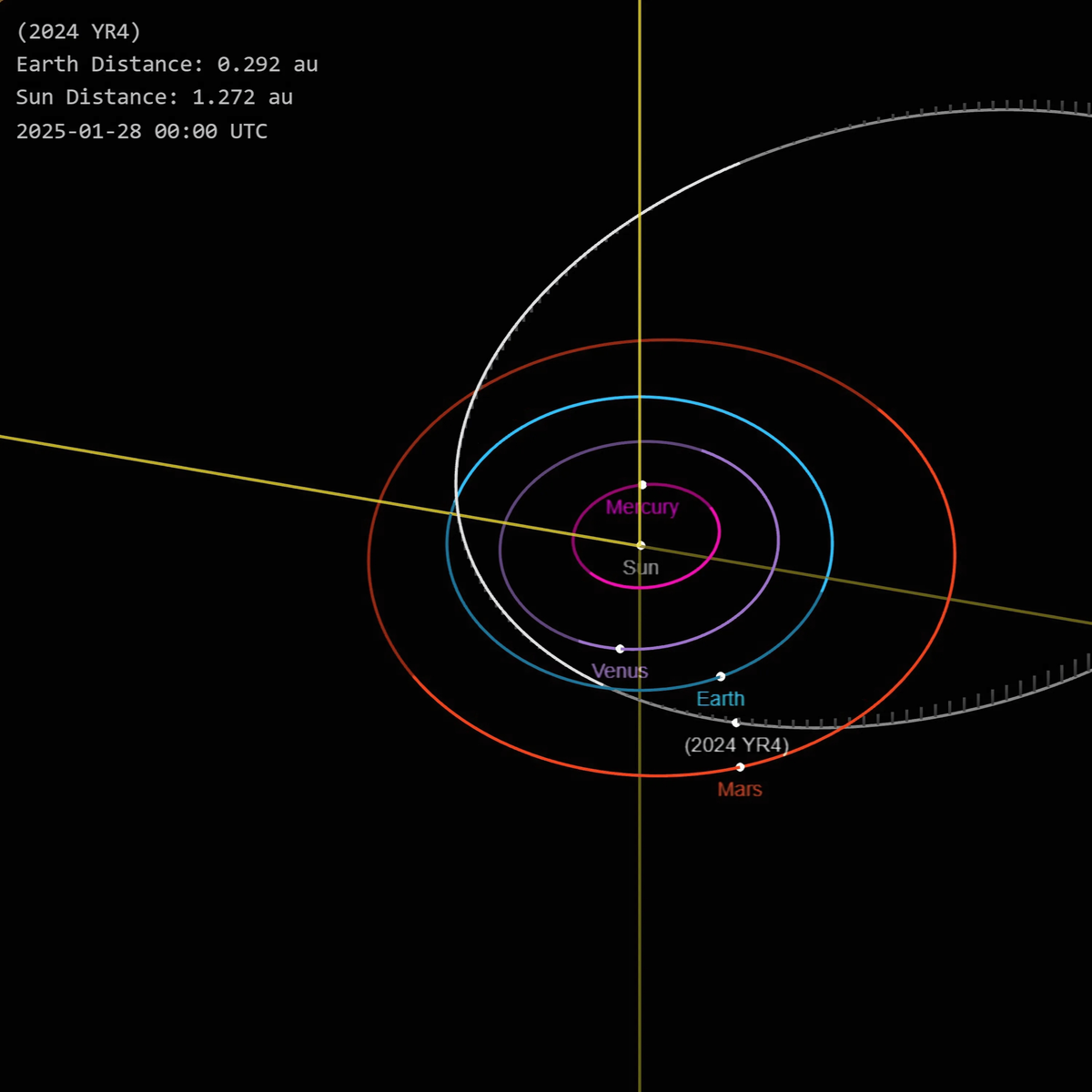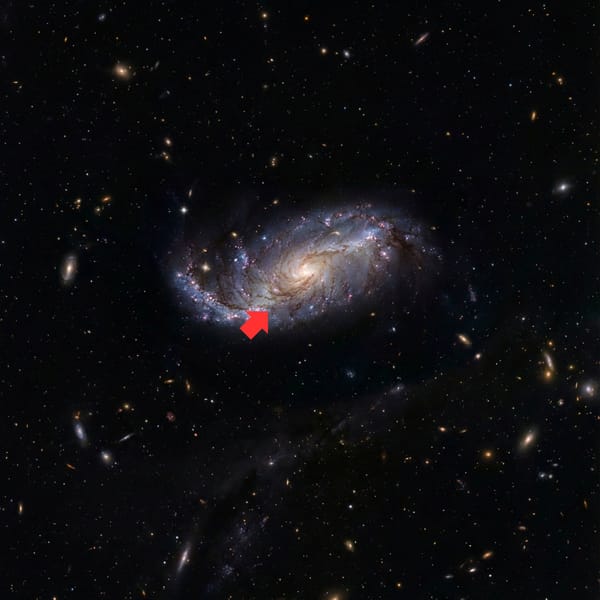NASA Confirms Asteroid Has Promising Chance of Wiping Out Citywide Human Suffering
Asteroid 2024 YR4 may impact Earth in 2032, sparking hope.

Space Agency Assures It Will Do Everything to Prevent Rare Moment of Hope
WASHINGTON — The National Aeronautics and Space Administration confirmed a space rock has a genuine chance of smashing into a city in 2032, offering hope to those who have spent the last decade watching society collapse under the weight of endless war, institutionalized cruelty and the unbearable repetition of human suffering.
Analysts called asteroid 2024 YR4’s potential to wipe out a populated area the most encouraging development “since the Black Plague.”
“If everything goes right, this is the one,” said Alan Whitmore, an astrophysicist at NASA’s Near-Earth Object Program. “It’s about [91 meters] in diameter, traveling at around [61,155 kilometers] per hour, and has an impact probability of 2.3%. Given our trajectory as a species, it’s honestly the best shot at meaningful change we’ve had in a long time.”
The asteroid has a potential explosive force of 8 million tons of TNT, or roughly the amount needed to put an end to dying alone in an understaffed hospital, enduring the slow decay of a body that has betrayed you and knowing you’ll never manage to afford to visit the places your ancestors were stolen from. It is expected to land in a “risk corridor” spanning the eastern Pacific Ocean, northern South America, Africa and parts of South Asia.
“I’d rather not get ahead of myself,” said British local Chris Dawson. “But this is the first time in years I’ve felt something close to optimism.”
“Every time it’s the same. ‘Oh no, a killer asteroid is coming,’ and then comes more data, more calculations, and suddenly, we’re fine,” said Dawson, who has been let down by too many asteroid scares before to fully trust the process. “I can’t go through that heartbreak again.”
The US space agency insists on preventing the impact, saying it's committed to ensuring the continuation of human trafficking, generational trauma and whatever new genocide the world will pretend to be powerless to stop.
“We have the technology to redirect it,” said NASA spokesperson Emily Cartwright, unaware of how devastating this would be for the millions who have already buried their children due to preventable disease, seen their homes turned to rubble or spent decades waiting for justice that will never come. “We’re prepared to take action if the risk persists.”
This was met with frustration from the public, with many calling on governments to allow fate to run its course. Others proposed a compromise in which the asteroid is allowed to target war criminals, those who profit from forced labor and anyone responsible for making people disappear without a trace.
“At the very least, can we just see what happens?” pleaded Tokyo resident Hiroshi Tanaka. “Like, maybe it only takes out half of us. Or it just knocks out all the people who have turned suffering into an industry. Let’s not be rash here.”
NASA will continue tracking the space rock in the coming years, but officials caution the potential decrease in the probability of impact as more data is gathered. Sources say it's unclear whether the asteroid will ultimately collide with Earth or if, like so many before it, it will simply be another false hope. ■



